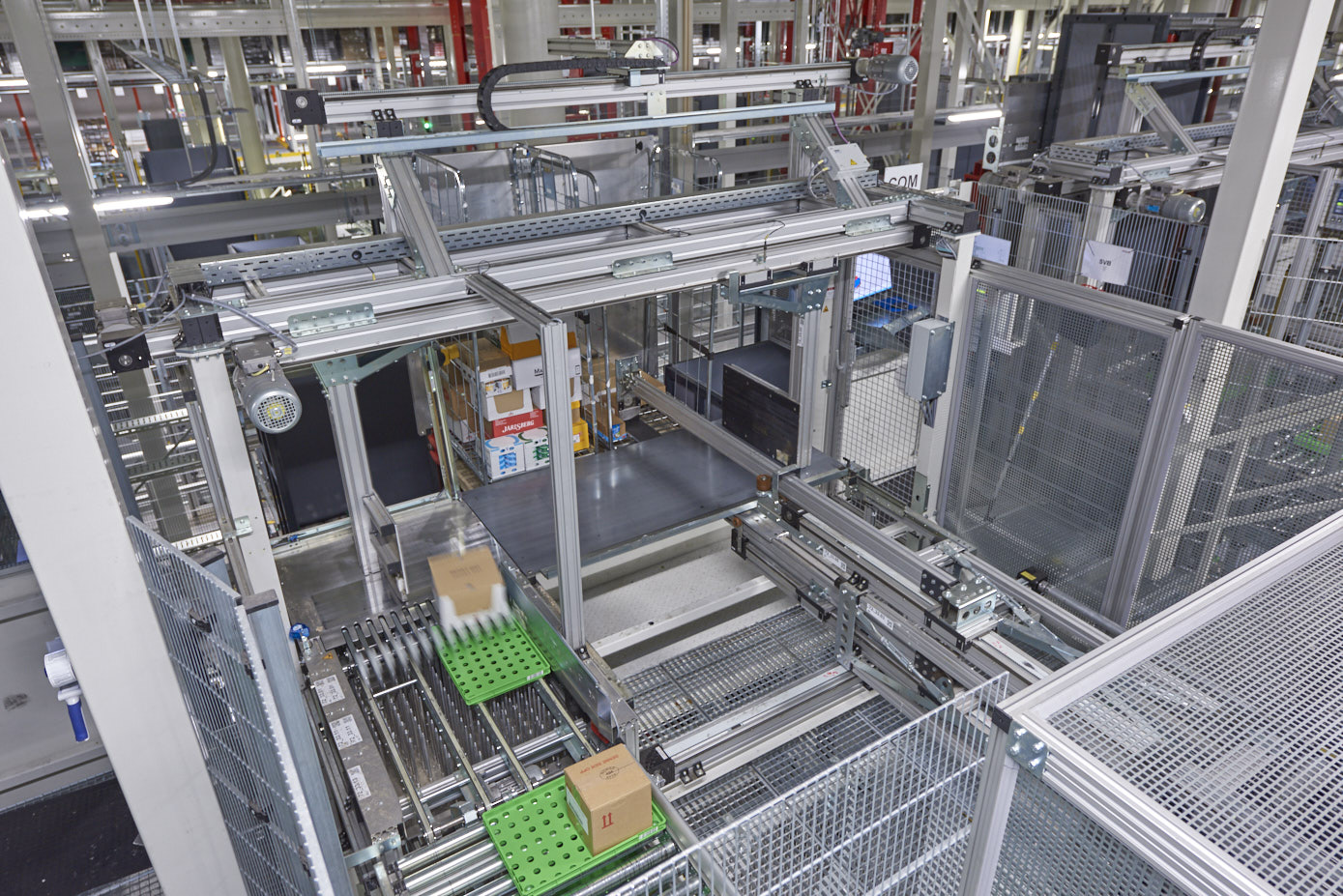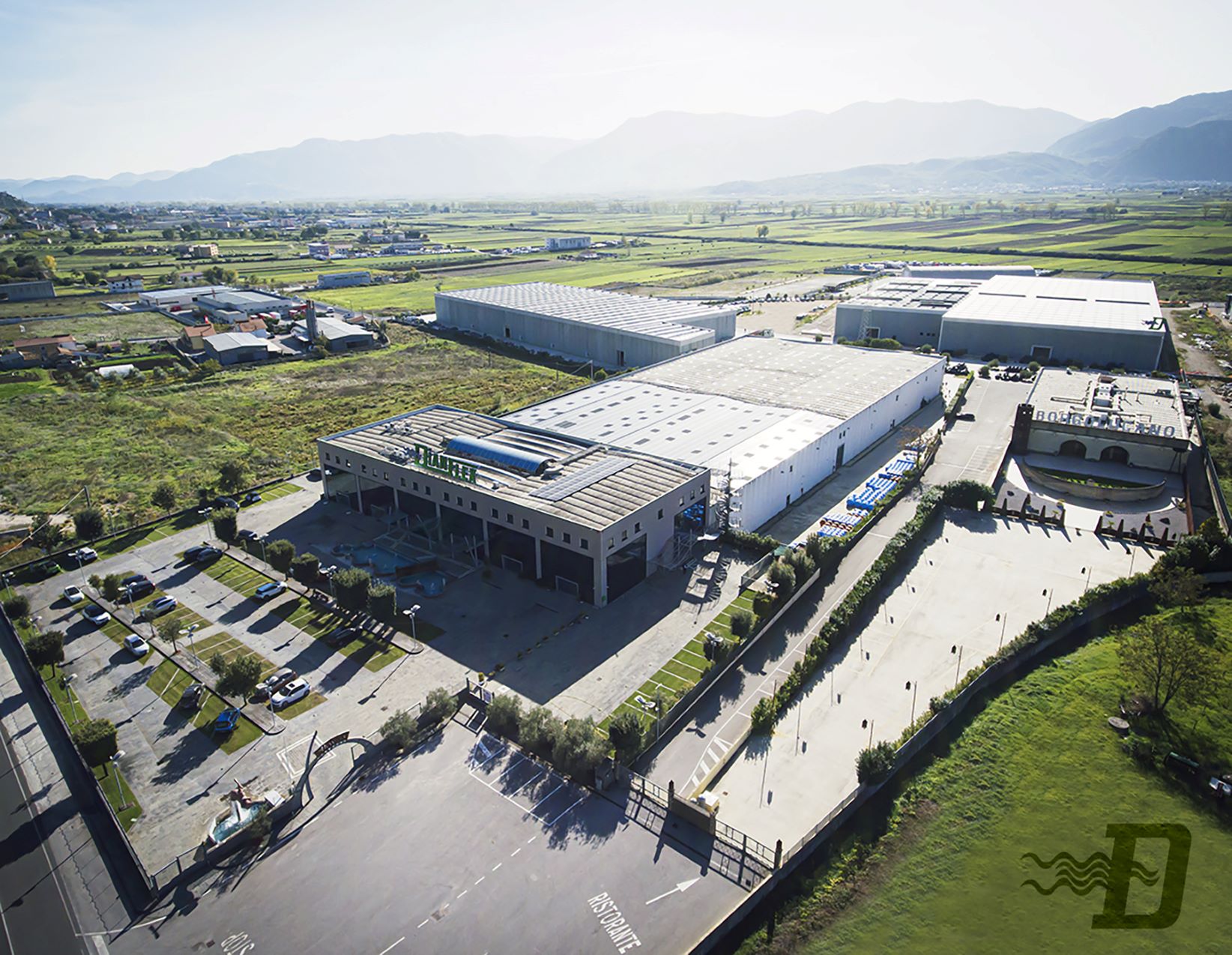The AGV Mesh-Up will again bring automated guided vehicles to the Test Camp Intralogistics in Dortmund in 2023 and will feature several premieres.
Frankfurt, 6 December 2022 – For the third time, the AGV Mesh-Up will take place as a live test of the VDA 5050 communication interface for automated guided vehicles as part of the Test Camp Intralogistics. For the first time, two master control systems provided by KINEXON and SIEMENS will be used at Messe Dortmund on 29 and 30 March 2023. The vehicles on site will drive with one of the two control stands on each of the two event days.
“In 2023, the participating companies would primarily like to show realistic applications with the vehicles. That means there will be even more handling and storage and retrieval processes on show than last year,” explains Andreas Scherb, project manager of the AGV Mesh-Up in the VDMA Materials Handling and Intralogistics Association. A total of nine units will be operating in the area in 2023. They will be provided by Bosch Rexroth, DS AUTOMOTION, ek robotics, Fraunhofer IML, Grenzebach Group, MLR, OMRON, SAFELOG and STILL.
In addition, the trade association was able to gain an important partner in Nokia, which is providing a 5G campus network for the AGV Mesh-Up. “With the increasing use of IoT and automation solutions in the logistics industry, the need for reliable wireless connectivity with low latency is also growing. This is required by Automated Guided Vehicles (AGVs) or Autonomous Mobile Robots (AMRs) to interact with their fleet management software and Warehouse Management System (WMS).
Turning theory into practice
There is also a trend towards collecting telemetry, sensor and video data in real time, shifting computing power away from AGVs and towards on-site edge computing resources, supported by 5G connectivity. Nokia Digital Automation Cloud (Nokia DAC) and Mission Critical Industrial Edge (MXIE) form the 5G campus network here, which is specifically designed for industrial applications,” explains Venkatesh Ramakrishnan, Head of Logistics Vertical, Nokia Enterprise.
The AGV Mesh-Up was created by the VDMA trade association together with its members to test the practical suitability of the interface. For the participating member companies, the worldwide unique event offers the optimal environment to put their vehicles and software through their paces in terms of VDA 5050. For spectators, the AGV Mesh-Up offers the opportunity to experience the functions of the interface as well as vehicles and control systems live. In addition, a personal exchange with the developers and product managers is possible on site.
For the first time, driverless transport systems drove together under one control system via VDA 5050 at the world premiere in 2021. The interface project was initiated by the VDMA Association for Materials Handling and Intralogistics and the German Association of the Automotive Industry (VDA) and implemented as an open-source project with the support of the KIT Institute for Materials Handling and Logistics Systems (IFL).
Test Camp Intralogistics
The AGV Mesh-Up will take place in a special exhibition area of the Test Camp Intralogistics 2023 from 29 – 30 March 2023 in Exhibition Hall 3 in Dortmund. Info and tickets for trade visitors are available HERE. All information and background on the AGV Mesh-Up can be found HERE.
The Test Camp Intralogistics is a test event with an accompanying congress organised by impact media projects GmbH. Test-driving forklifts, working with exoskeletons, operating all kinds of warehouse technology yourself, interacting with automated guided vehicles and logistics robots, trying out software – at Test Camp Intralogistics everything revolves around hands-on testing of selected innovations and new developments in warehouse and material flow technology. Decision-makers from industry, trade and the service sector with a concrete interest in innovation and investment have the opportunity to extensively test the exhibits on display for themselves on 10,000 square metres of hall space and to obtain information from experts about the relevant trends.
The Test Camp Intralogistics also provides the exclusive setting for the IFOY TEST DAYS, where the finalists of the IFOY AWARDS are tested, as well as the AGV Mesh-Up of the VDMA Materials Handling and Intralogistics Association.











